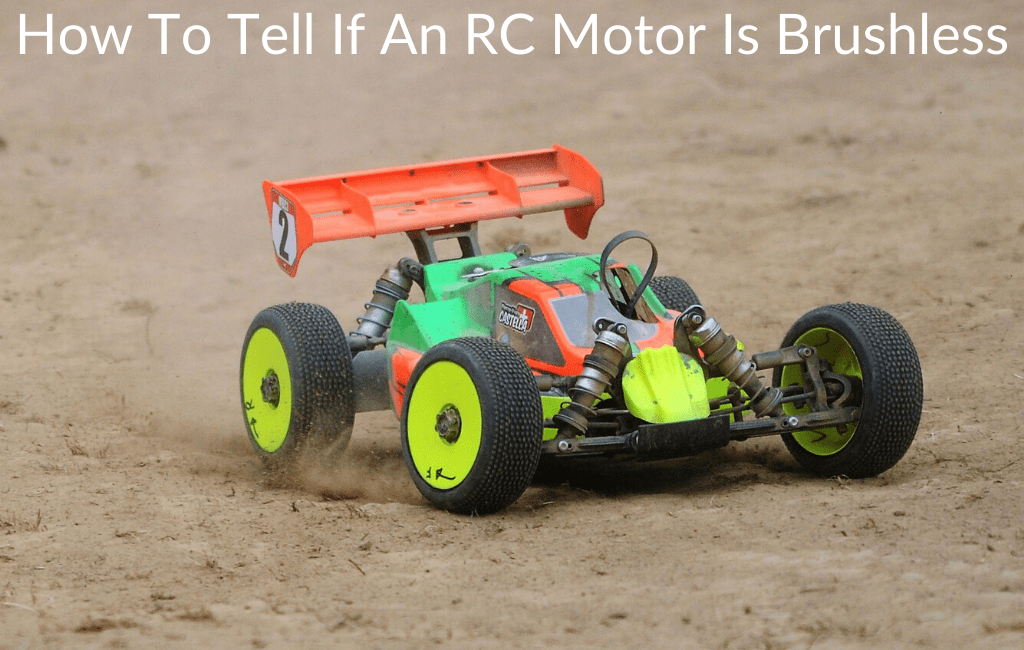When it comes to building servos, one of the most important components to consider is the motor. In this case, RC motors are a great option. They are compact, powerful, and reliable. Additionally, they come in a variety of sizes and power ratings, making them suitable for different types of servos.

To get started, you will need an RC motor, speed controller, and gears. The speed controller is important because it regulates the amount of power that goes to the motor. Gears are used to connect the motor to the load that needs to be moved.
The first step is to select a motor that is suitable for the intended application. This will depend on factors such as the weight of the load, the speed required, and the torque needed. Once you have selected the motor, you will need to choose a Speed Controller that can handle the amount of current that the motor requires.
Now that you have the motor and Speed Controller, it's time to start building the servo. The first step is to attach the gears to the motor shaft. The number of gears you will need will depend on the reduction ratio required. The reduction ratio is the number of times the motor's rotations are reduced to achieve the desired output speed and torque.
Once the gears are attached, you will need to mount the motor and gearbox to a frame. This frame will need to be strong enough to hold the weight of the load that needs to be moved. Additionally, it should be designed in a way that allows for easy maintenance and replacement of components if needed.
Next, you will need to connect the speed controller to the motor and the power source. This involves wiring the speed controller to a battery or power supply. It's important to follow the manufacturer's instructions carefully to avoid damaging any components.
Finally, you will need to program the speed controller to achieve the desired speed and torque. This involves adjusting the settings so that the motor is provided with the right amount of power. It may take some trial and error to get the servo working perfectly, but with patience and perseverance, you'll have a powerful and reliable servo that can be used for a wide array of applications.
In conclusion, building a servo using RC gear motors and speed controllers is a cost-effective and reliable way to achieve precise movement and control. With the right components and careful planning, it's possible to create a servo that is customized to your exact needs. If you're looking for a versatile and powerful servo solution for your project, consider building your own using RC gear motors and speed controllers.